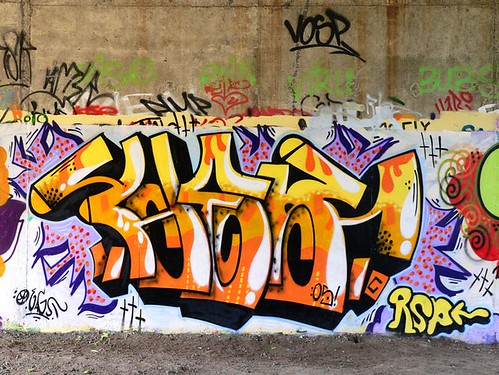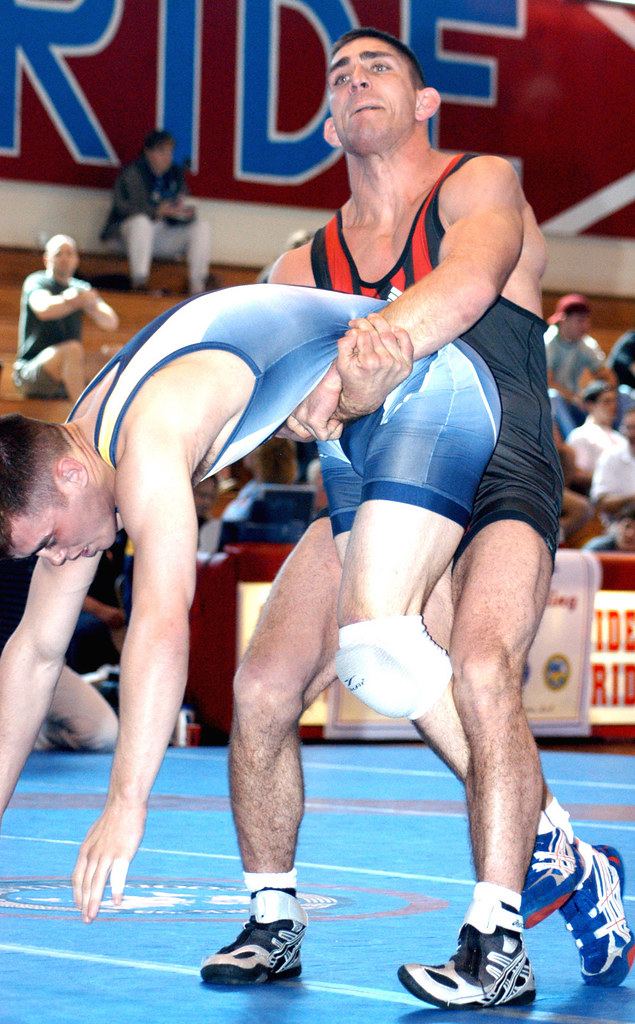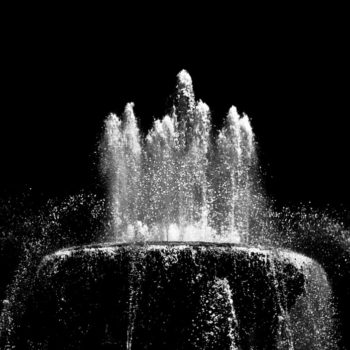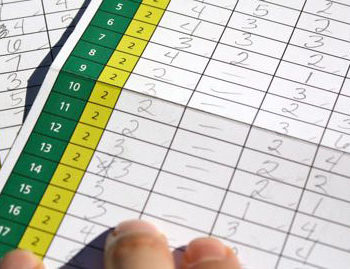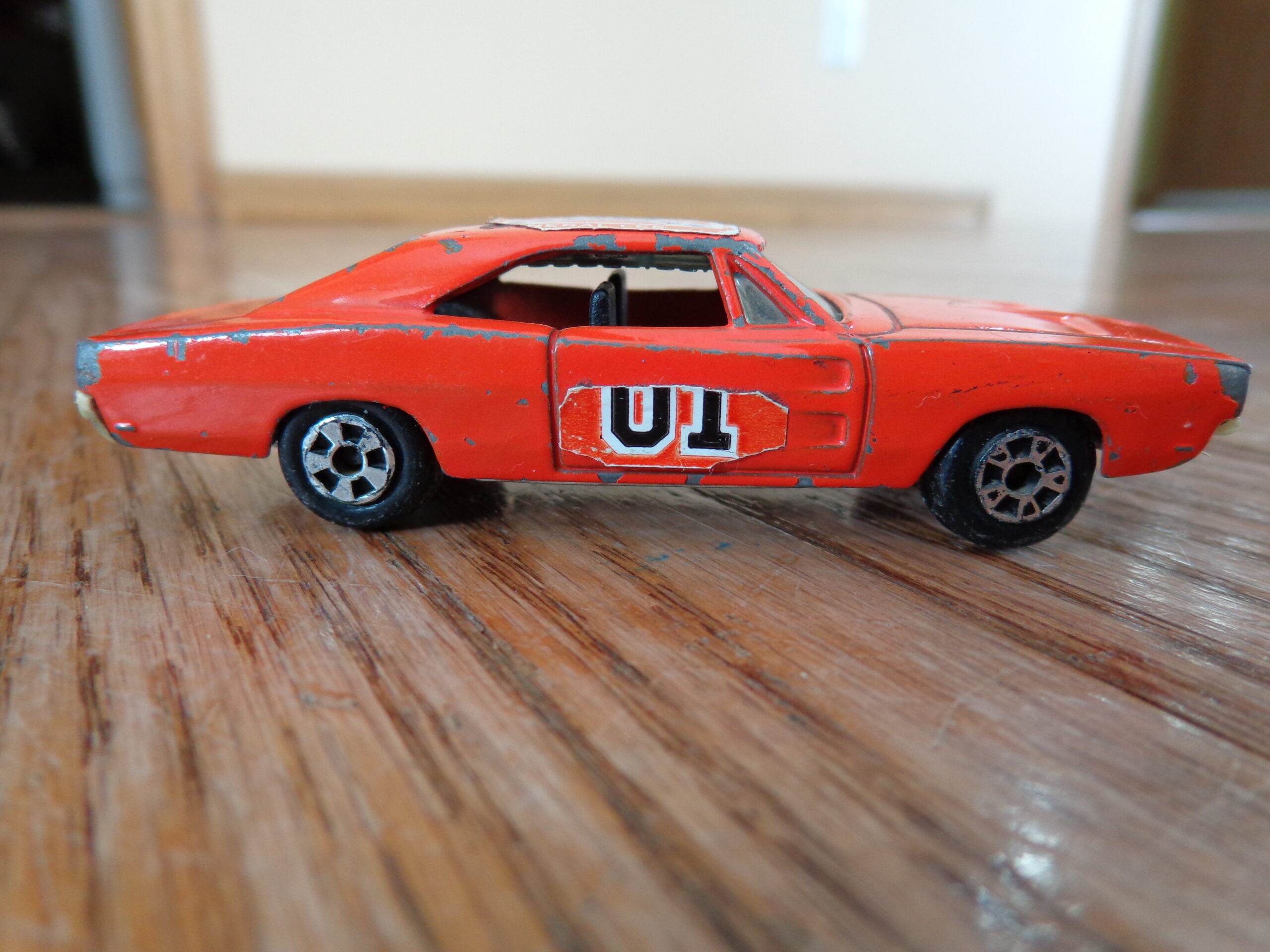It is astonishing to see the beauty of the creativity of some of my peers. As someone who lacks an artistic prowess themselves, I become awestruck whenever I see a beautiful piece of artwork. Whenever I’m driving around, I keep a keen eye out for any graffiti as many pieces of work require quite some time and talent to create. While the artistic value of graffiti work is largely underappreciated by governments and high society, this stigmatism comes from the unfortunate situation of graffiti as vandalism of public and private property. However, there are various solutions that would allow graffiti artists to exercise their talents to the benefit of society rather than the detriment it is stigmatized as today.
Putting law and order aside, it is extremely difficult for anyone to deny that graffiti is not a valid art form. Many larger pieces are very complex, containing many different colors and using varied composition and vivid detailing. George Stowers, a student from the University of Miami, even stated in an essay, “However, larger pieces require planning and imagination and contain artistic elements like color and composition.” He continued, “Wildstyle changes with each artist’s interpretation of the alphabet, but it also relies on the use of primary colors, fading, foreground and background, and the like to create these letters.” The author’s focus on the artistic elements in the works show their value as an art form as the pieces clearly take creativity, artistic knowledge, and talent to create. Not only is the work speaking for itself, but the artistic community is becoming more accepting of graffiti as an art form. “However, after years of gaining recognition by the art community, graffiti art has been shown in various galleries in New York and London, and artists are often commissioned to do legal murals and other work for art shows.” As the art form becomes more legitimized in pop culture, the stigmatisms connecting graffiti and vandalism will slowly be dissolved and it will be accepted among the art community just like any other art form.
While it is no doubt that graffiti deserves to be a respected art form like any other, there’s no denying that it comes at a serious cost to taxpayers and private property owners alike. Most graffiti artists, not all, use public or private buildings as a canvas to create their art. This vandalism causes destruction that comes out of the pockets of good, tax-paying americans, “The cost for cleanup in the U.S. has not been documented definitively, but it is safe to assume that it is in the billions of dollars.” There is no valid excuse for the economic cost of cleaning up after graffiti artists. Additionally, graffiti is often associated with other crimes, “Gang-related crimes and violence are the crimes most commonly associated with graffiti. Public disorder crimes, such as littering and loitering and other forms of property destruction are sometimes related to graffiti crimes.” The association with crime and graffiti further stigmatizes the art form and causes the average art lover to be discouraged from accepting graffiti into their culture.
The argument between those who call graffiti art and those who call it vandalism simply will not stop until graffiti permanently stops being associated with gang violence and fostering future criminals. There are steps both artists and officials need to take in order to make this happen. First of all, lawmakers need to fight for the development of dissolving spray paint. This would allow the artist to harness their creativity and capture their work in an image while the graffiti itself would wash off with the weather. This, along with prohibiting minors from purchasing spray paint, would decrease the damage caused by graffiti by an exponential margin. The rest of the duties fall on the artists. They need to find avenues to express their artistic talents in different ways. Alternatively, business owners could hire them to complete pieces on their property and pay them for their work, “Graffiti artists can create sanctioned murals for private property owners and get paid for it.” There are many options such as these that will allow graffiti artists to make headway in the artistic community by diminishing the stereotypes related to the art form.
The battle between those who see graffiti as art and those who see it as vandalism is a merciless one. Both sides of the argument make very legitimate points. Those who call graffiti art note its style and artistic techniques that only a true artist would be able to make come to life. Additionally, they often bring up the fact that graffiti is beginning to make its way into museums and auctions. The flip side of the argument discusses the billlions in property damage it has already caused and have made connections between graffiti and organized gang violence. Another argument they make is that many young teenagers who begin creating graffiti move onto more serious crimes later in life. Both sides have completely reasonable arguments simply because they are both correct. That makes it up to lawmakers and artists to change their practices and work with business owners in unison if there is any chance of graffiti earning the respect it deserves as a legitimate art form.
“RSP Grafitti” by .Jelly is licensed under CC BY-NC-ND 2.0

